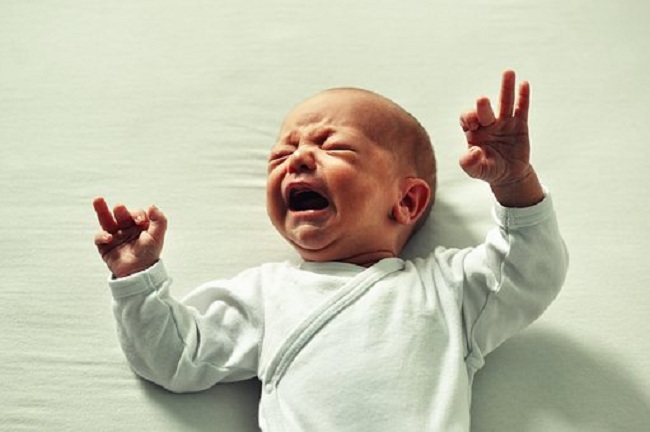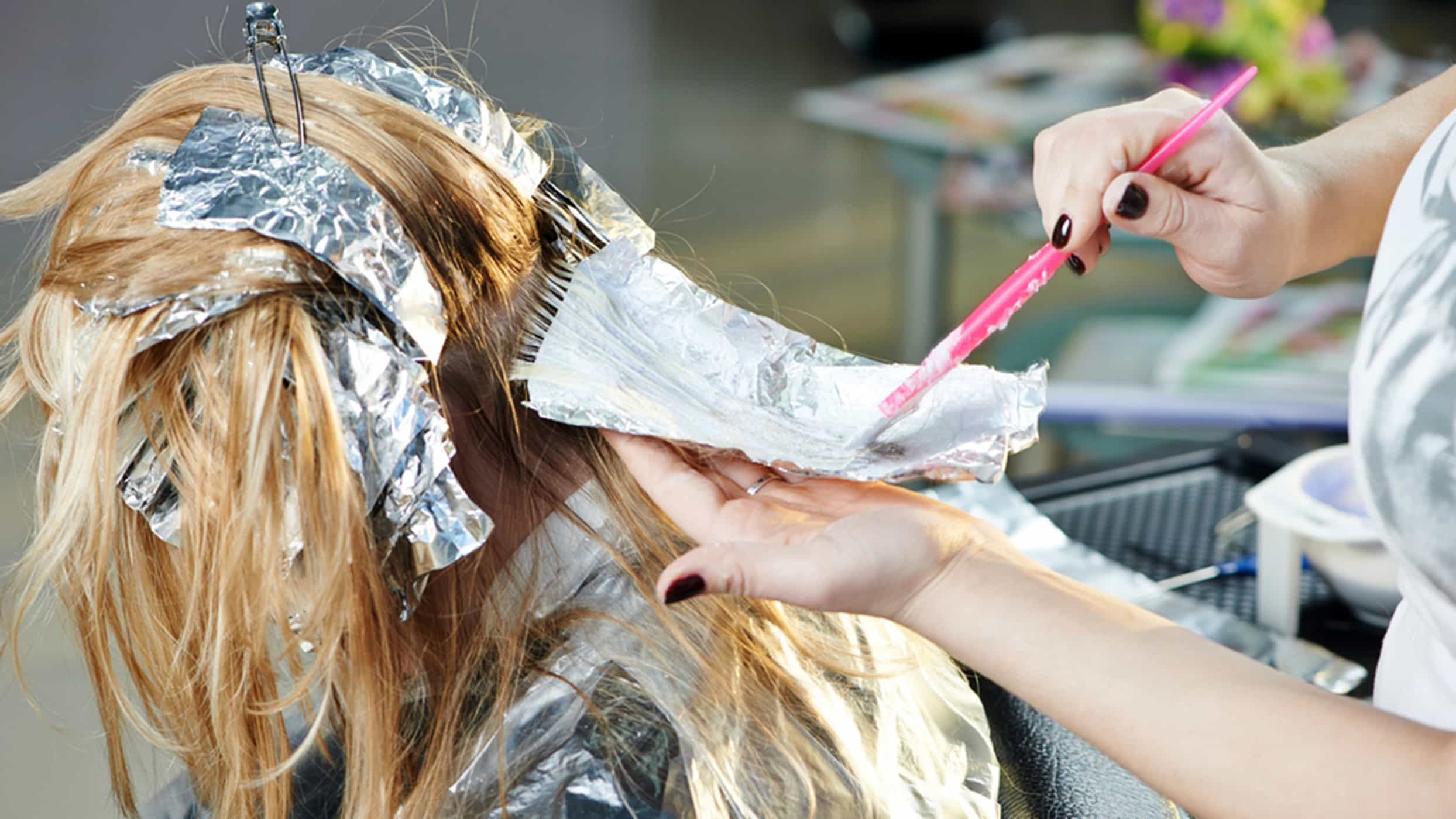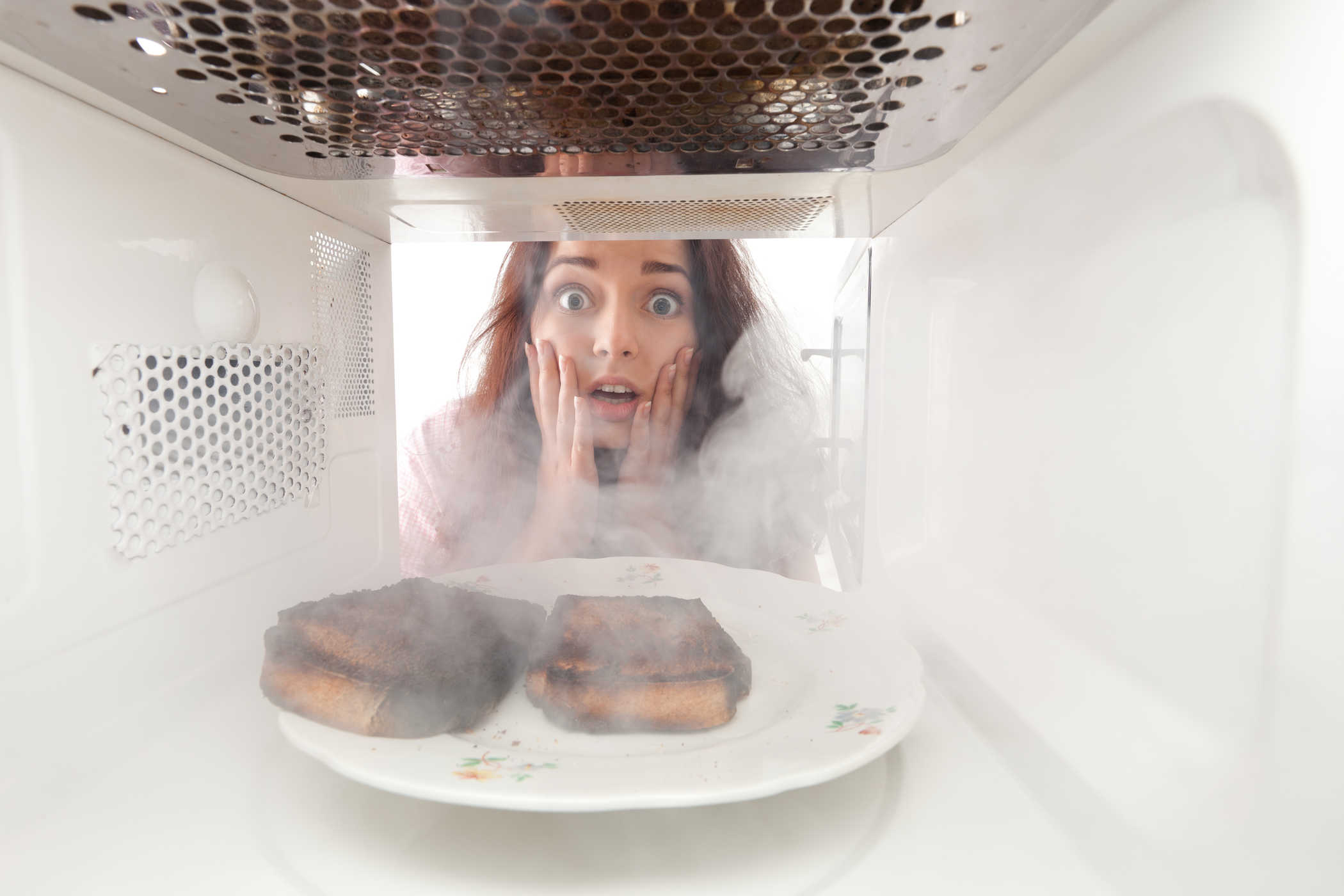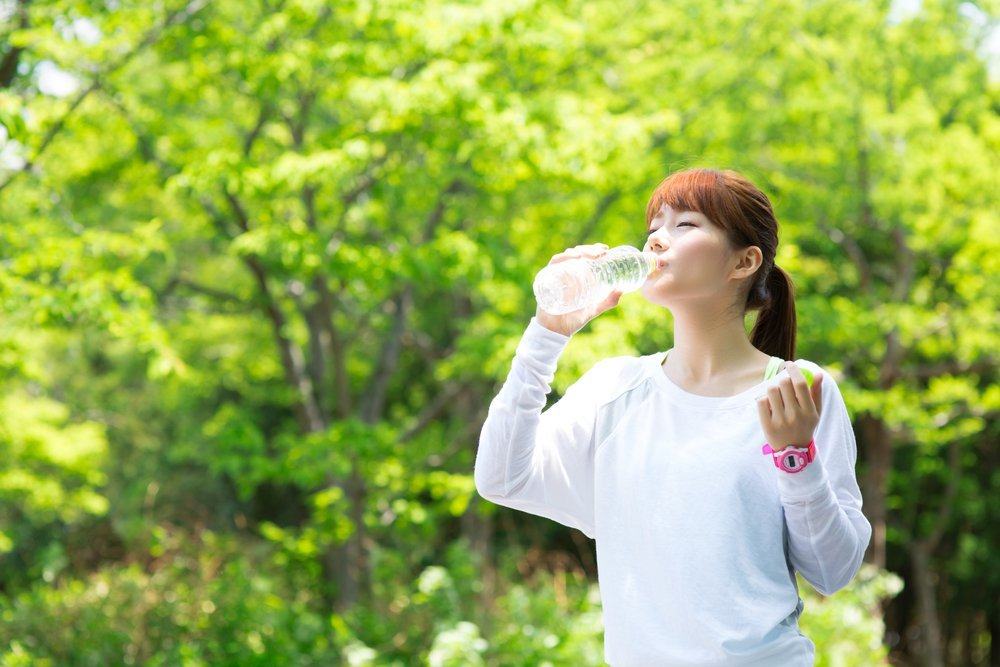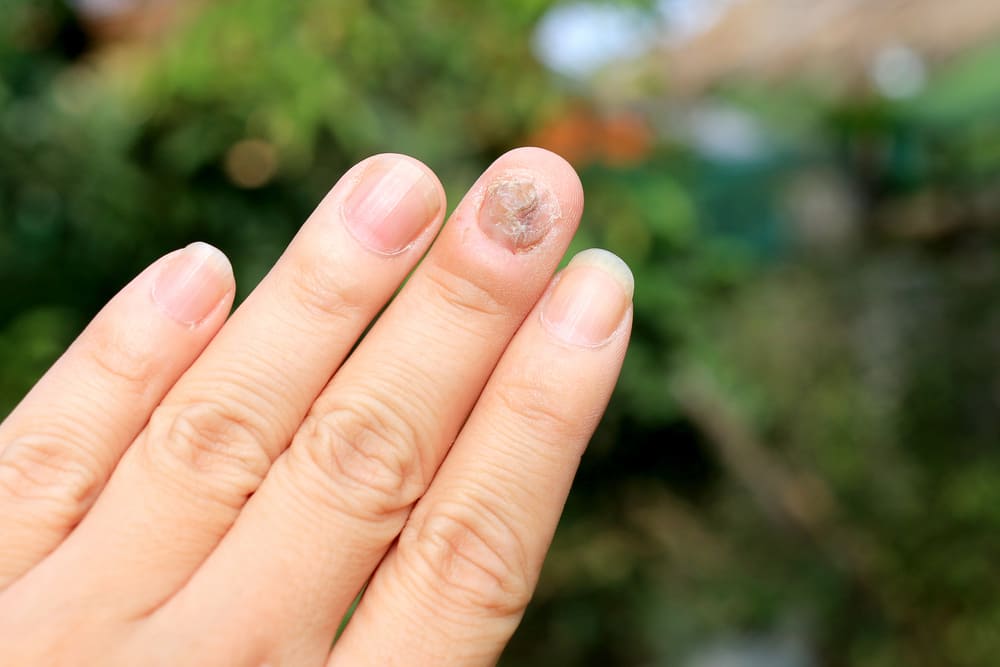Contents:
- Medical Video: Kids Health: Allergies - Natural Home Remedies for Allergies
- What types of allergies in infants?
- 1. Eczema
- 2. Contact dermatitis
- 3. Chronic urticaria
Medical Video: Kids Health: Allergies - Natural Home Remedies for Allergies
Babies are prone to allergies. Allergies in infants can be caused by food, dust, or irritants from chemicals in baby skin care products. But most parents may not be aware of common symptoms, such as runny nose, red eyes, abdominal pain, diarrhea or vomiting, to fuss. In the case of a more severe reaction, the child can show other symptoms such as wheezing (breathing sounds), difficulty breathing, swollen throat and tongue, and sudden drop in blood pressure. Symptoms like this are known as anaphylactic shock that can endanger life. So, what are the most common types of allergies in infants?
What types of allergies in infants?
1. Eczema
1 in 10 babies reported having eczema. Eczema or known as atopic dermatitis is a skin inflammatory condition characterized by redness and itching of the skin. This usually occurs in children aged 1-5 years.
Food or dust allergies can cause eczema, but sometimes in some children the cause cannot be known. To treat eczema can be by avoiding your child from exposure to allergens and applying ointments and moisturizers. In extreme cases, your child is recommended to take certain medications that the doctor prescribes.
2. Contact dermatitis
Contact dermatitis is a type of allergy in infants characterized by reddish skin that appears immediately after exposure to an irritant or trigger of allergies. Your baby's skin will look dry and look scaly. Consult with a doctor if you suspect these symptoms are experienced by your child.
Treatment of contact dermatitis is not much different from eczema. Prevent your child from being allergic to allergens. You can also apply over-the-counter steroid creams. If it still continues to itch you can give it an antihistamine, such as cetirizine.
3. Chronic urticaria
Chronic urticaria is an allergic reaction in infants who are classified as severe. Urticaria appears characterized by a wide reddish rash after contact with allergens. Unlike other skin allergies, chronic urticaria does not cause the skin to dry out. Other symptoms that appear include difficulty breathing or swelling in the skin and face.
In most cases, chronic urticaria can disappear on its own as long as it avoids allergen exposure. You can visit the doctor for further consultation and seek treatment in the form of an antihistamine.

